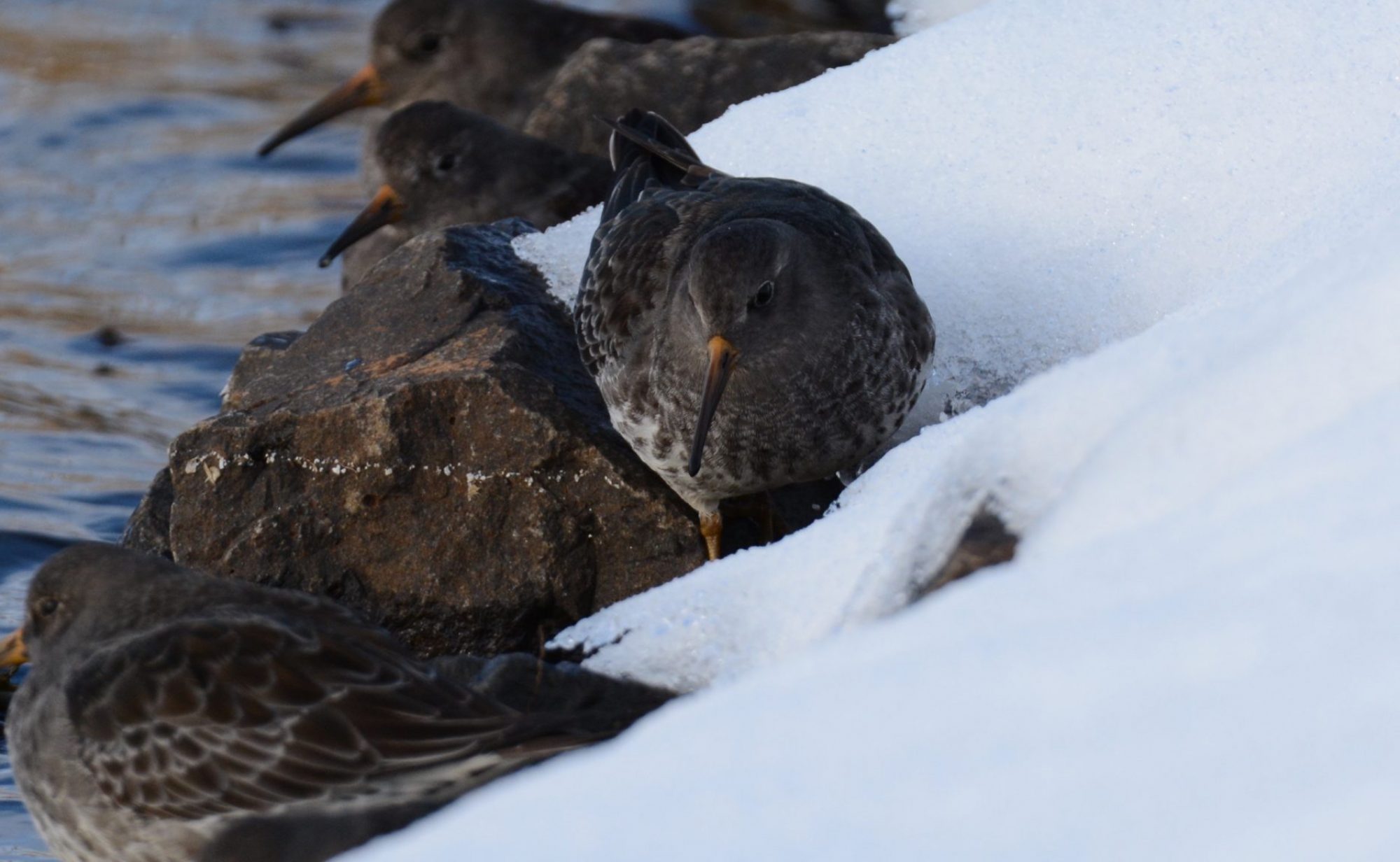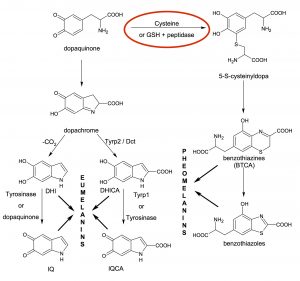Melanins are the most common and ancient animal pigments, responsible for many phenotypes comprising black, grey, brown, reddish and orange colorations. These pigments result from the oxidation and polymerization of the amino acid tyrosine or phenolic compounds, the latter mainly in microorganisms (see however our discovery of allomelanins in red deer). Given the conditions generated during the synthesis of different chemical forms of melanins, which in higher vertebrates occurs in cells called melanocytes, different My research on melanin-based pigmentation is conducted from several fronts. Currently, I focus my activity on gene expression, epigenetics and associated physiological consequences. I thus investigate if genes controlling melanin synthesis are permeable to environmental influences and thus promote adaptive responses through phenotypic plasticity, or if, by contrast, the genetic control of melanin synthesis represents a strong constraint that limits animal performance under certain environmental conditions. There is increasing evidence that pheomelanin synthesis plays an important role in determining risk of melanoma in humans, which is probably related to the view of pheomelanogenesis as a process that consumes a key intracellular antioxidant. I am therefore working to apply the physiological and epigenetic approach to get a better understanding of melanoma risk in humans, in collaboration with Dr. José Bernabeu-Wittel from Virgen del Rocío University Hospital, Seville. I am also working in collaboration with Dr. Pablo Loza-Alvarez and Dr. Mónica Marro, from The Institute of Photonic Sciences (ICFO) in Barcelona, to develop novel tools for determining melanoma risk. | 

|

Evolutionary Physiology of Animal Pigmentation
